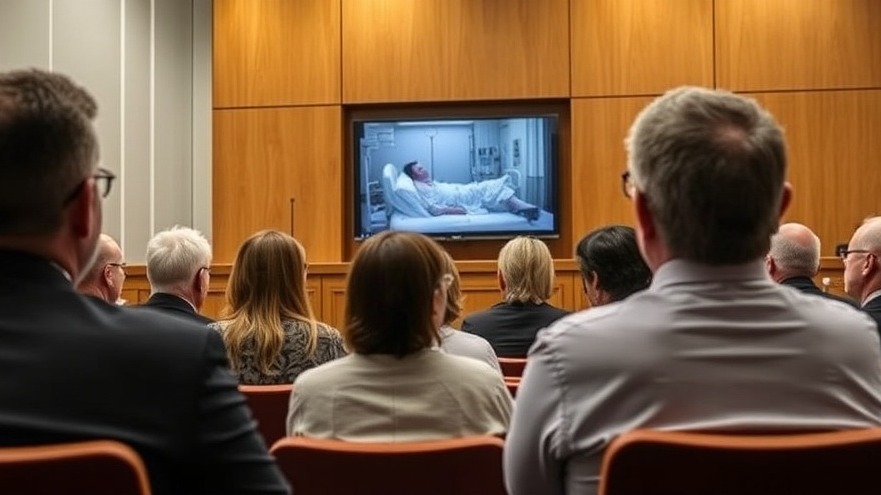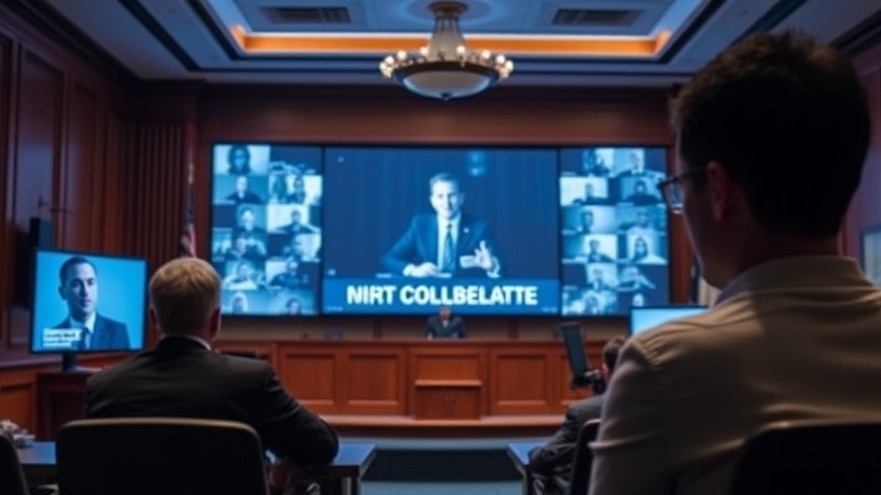
Video evidence has become an indispensable tool in legal court cases. With the advent of modern technology, video has become a powerful medium for presenting evidence, demonstrating scenes and events, and providing expert testimony. This article, will explore the various ways in which video can be used in legal court cases, including settlement videos, day-in-the-life videos, and other types of video evidence.
In legal proceedings: Video evidence is an effective tool for presenting a variety of evidence, including surveillance footage and witness statements. This type of evidence is particularly useful in cases where verbal descriptions of events are insufficient or when there is a dispute over what occurred. Video evidence offers a clear and objective account of events, making it easier for judges and juries to comprehend the situation at hand.
Sites or Scenes: Videos are helpful in recreating or demonstrating scenes, events, or processes that are difficult to visualize through oral testimony. For instance, accident reconstructions, crime scene reenactments, construction sites, or simulations can be presented through videos to provide a clear visual understanding of intricate scenarios.
Day in the Life Video: A day-in-the-life video is created to show the impact that an injury or disability has had on the plaintiff's daily life. This type of video can be potent in helping judges and juries understand the extent of the plaintiff's injuries and the impact they have had on their ability to work and enjoy life. Day in the Life videos may include footage of the plaintiff performing daily activities, such as getting out of bed, preparing meals, and doing common everyday chores.
Expert Testimony: Video can be used to provide expert testimony in court. For example, a medical expert can use video to demonstrate a surgical procedure or to explain a complex medical condition. This type of video can be very useful in helping judges and juries to understand complex medical issues and to make informed decisions about the case.
Witness Testimony: Video can be used to record statements from family members, co-workers, friends, and anyone with knowledge of the situation. It can be an interview with someone who knows the before and after. It can be a portion of a deposition or just a statement. Videotaping witness statements can save time and travel expenses.
Settlement Video: A settlement video is a video that is created to help facilitate a settlement in a legal case. This type of video is typically made by the plaintiff's attorney and is designed to show the defendant the strength of the plaintiff's case. The video may include footage of the plaintiff's injuries, interviews with witnesses, and other evidence that supports the plaintiff's case. Settlement videos can be very effective in convincing defendants to settle a case rather than going to trial.
Opening and Closing Statements: Attorneys may use video presentations during opening and closing statements, to engage the judge and jury, provide a compelling narrative, or highlight key evidence. Video clips can be strategically incorporated to support arguments, create emotional impact, or summarize critical points.
Appeals and Appellate Court Proceedings: Video recordings of trial proceedings can be crucial during appeals or appellate court proceedings. These recordings allow higher courts to review the arguments, witness testimonies, and evidence presented during the trial. Video recordings help ensure accuracy and provide a comprehensive view of the trial proceedings for the appellate court's consideration.
Caution: When using video in legal cases, it is essential to adhere to the relevant rules of evidence and court procedures. The admissibility of video evidence varies based on jurisdiction and specific case circumstances. Attorneys must properly prepare and present video evidence in compliance with the applicable rules.
Conclusion: Video evidence has become essential in legal cases. From presenting evidence to demonstrating scenes and events, video can provide judges, juries, and arbitrators with a clear and objective account of what happened. Settlement videos and day-in-the-life videos can be particularly effective in helping plaintiffs to reach a settlement or to prove the extent of their injuries. As technology continues to advance, we can expect to see video evidence playing an even more significant role in legal cases in the future.
 Add Row
Add Row  Add
Add 




Write A Comment